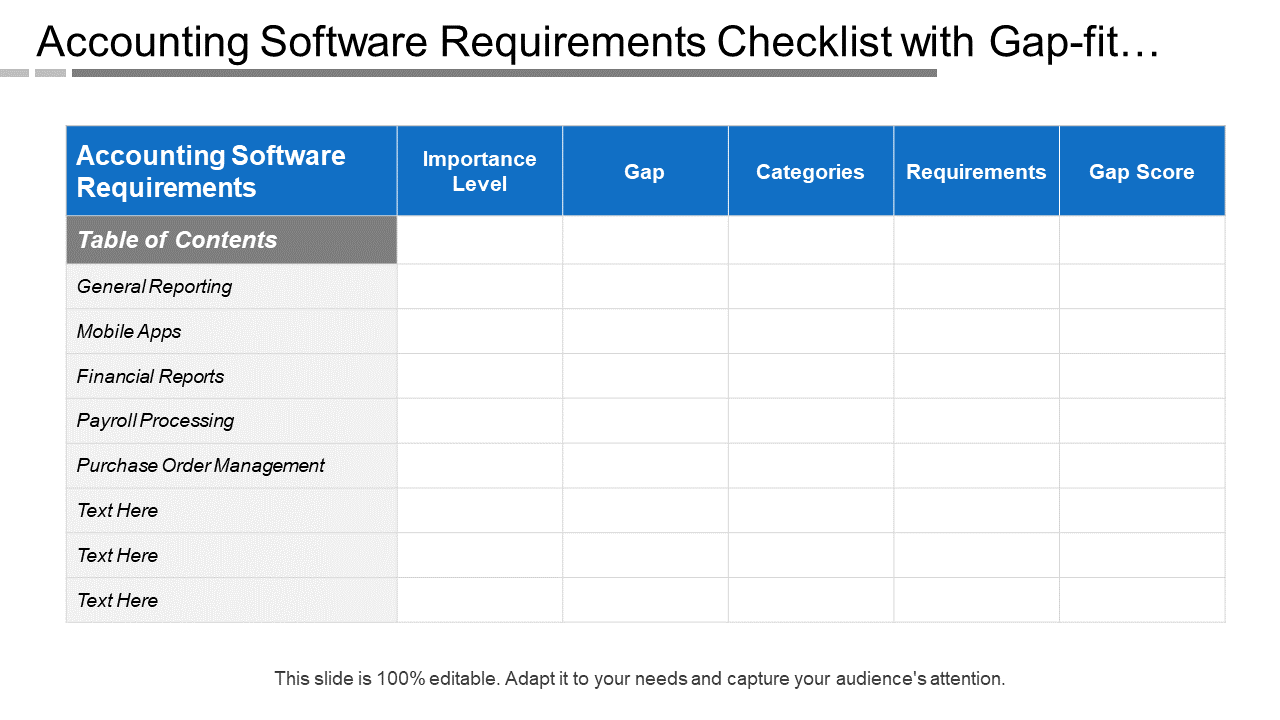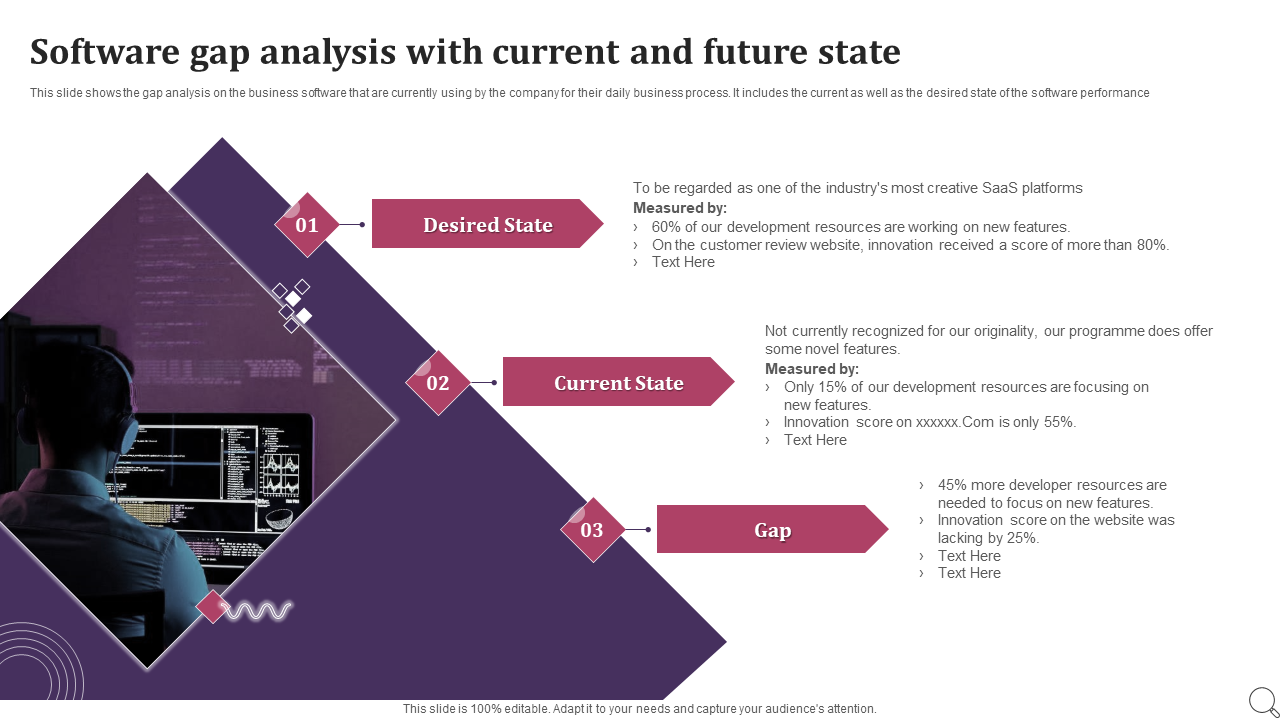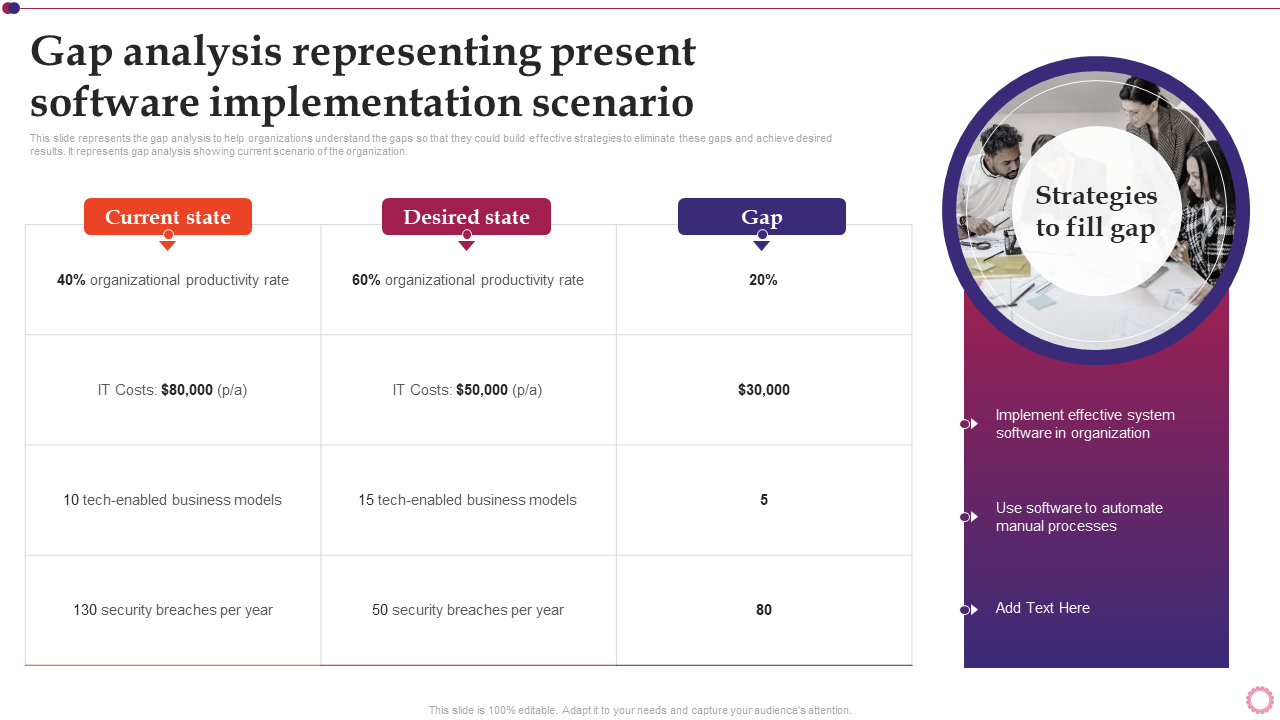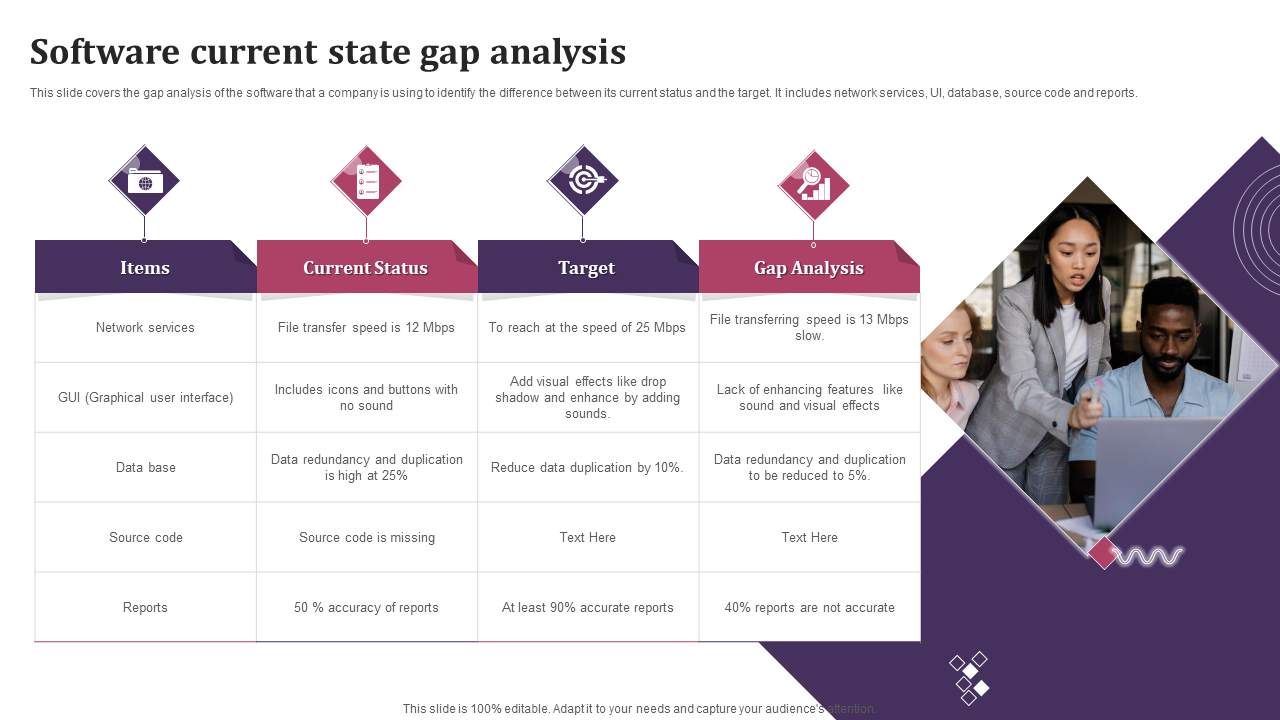When running a software business, conducting frequent reviews and boosting your internal processes is a key component of the broader picture. There are many methods and mechanisms of getting this done, given the range of tools one can adopt for internal analyses. Software gap analysis is one of the most well-known of these today, a process wherein gaps in performance between a company’s software applications are reviewed to ascertain the performance thresholds being reached, and the steps to be taken to raise those thresholds. When done effectively, software gap analysis can help to isolate factors within software systems that are flawed or outdated, in the process, giving the company potential for improving their revenue streams and boosting engagement.
This methodology is implemented across the business world today and is lucrative to organizations assessing performance level, productivity, and competency as they seek to enhance their software systems for better returns.
While we’re on the topic, click here to read our other blog that discusses 11 must-have skill gap analysis templates.
In this blog, we’re going to be discussing some must-have Software Gap Analysis Templates. These slides are content rich and ready-to-deploy, with the added benefit of being fully customizable, allowing you to change the details as needed.
Template 1: Accounting Software Requirements Checklist with Gap Fit Analysis
Establish cohesion and uniformity within your software department with the aid of a neatly devised checklist that can keep you on track with your goals. This PPT Template has been created with a slick graph structure that accommodates some key metrics that are relevant to the software process, including general reporting, mobile apps, payroll processing, purchase order management, etc. Further enhance the slide by injecting a degree of personalization into it with ease.
Template 2: Software Gap Analysis with Current and Future State
Assess the efficiency and optimization of your software development channels with the aid of this pre-designed template. It exhibits a visually striking design, combining a white background with pleasant blue and pink hues for an organic look. The slide contains some important tools to conduct a sound scrutinization of your software capabilities, with subheadings such as desired state, current state, gap, which come with pockets of information that add depth to the analysis.
Template 3: Software Implementation Project Plan Gap Analysis Representing Present Software Implementation
Gauge the potency of your software performance with the aid of simple metrics as presented in this PPT Slide. Achieve a deeper insight into the market readiness and productivity of your software by assessing it on multiple fronts for a sound and holistic analysis. Plot out the pace of your software implementation with current state, desired state, and gap as your primary anchors as featured in this slide.
Template 4: Software Current State Gap Analysis
Seeking an efficient means of boosting software primacy within your organization? Enlist the aid of a sleek and informative PPT Layout like this one. The template is simple yet instrumental in its layout, and comes with four principal metrics – items, current status, target, and gap analysis. Endow yourself with the tools needed to optimize software efficiency and raise the targets within your organization with the aid of this slide.
Conclusion
The templates in display in this blog come with the advantage of being simple and straightforward, making for easily digestible presentations, while also giving flexibility to managers when the need to add new subheadings or metrics arises. Download our pre-designed templates and add some structure to your GAP analysis process.
FAQs on Software Gap Analysis
What is gap analysis process in software development?
Within the domain of software development, gap analysis process is a means of contrasting the present performance features of a software with the expected end goal the company strives toward. It essentially locates the ‘gaps’ between the present state and the desired state of performance and aids the management in doing the necessary work to bridge those gaps and achieve its end goal. A gap analysis process aids software developers in enhancing multiple facets of their software product, from quality to functionality, usability, and customer satisfaction. It can also be instrumental in saving you from errors, bugs and, other issues with complication.
What are the three 3 fundamental components of a gap analysis?
Following are the three fundamental components of a gap analysis:
- The current state: This state is an indicator of current performance, for it dictates how business the software processes are being utilized in the present.
- The desired state: This signifies the potential of the software in play and is a representation of where the software would have to be in the future, based on the organization’s goals and vision.
- The gap: This represents the bridge between the current state and the desired state, an indicator of the work that needs to be done in order to bridge that void and bring the software to its full potential in line with the objectives of the company.
What is a gap analysis example?
There are multiple scenarios within the field of software development and business where Gap analysis methods can be utilized. Some of them include:
- Project Management: Gap analyses could prove a greatly helpful tool in project management, aiding management in studying the progress and performance of the teams, while identifying areas of disruption and attending to them.
- Productivity: Businesses could utilize this analysis to locate gaps in performance across different faculties and find ways to bridge these gaps.
- For a new product launch: Upon the launch of a new product, a company could utilize this method of analysis to forecast their performance and determine areas of shortfall.
- Compliance: When a company falls short of reaching regulatory thresholds, a gap analyses can help it to understand where it has come in short and find ways to fix those parts of the process.
What are the gap analysis techniques?
There are many techniques for gap analysis, deployed based on the backdrop and range of the analysis. The most common ones are as follows:
- Fishbone Analysis: Alternatively known as an Ishikawa diagram, this is a representation technique that assesses the source of a problem. It can help you isolate the constituent parts that contribute to an issue and distil them into different categories for a better chance at addressing the problem.
- McKinsey 7S Framework: This method scrutinizes seven components of your organization – strategy, structure, systems, skills, staff, style, and shared values. It helps to determine instances when these elements have fallen out of harmony and how they have contributed to a downturn in performance.
- SWOT Analysis: This technique aims to accurately map out the strengths, weaknesses, opportunities, and threats faced by your organization.
- Nadler-Tushman Model: This technique surveys the confluence or engagement between different areas of a business, such as people, structure, culture, work, and environment. Through such a scrutinization, it aims to locate sources of incompetence within your organization so you can deal with them.
What are the four steps of gap analysis?
1 – Establish the current state: This is where you soundly assess your current situation with the aid data, feedback, and metrics that help to present an honest review of your performance.
2 – Define your desired state: Next, define your vision for the future, the goals and expectations you strive toward based on multiple criteria of business measurements.
3 – Assess the gaps: Contrast your current state with your desired state and isolate the areas that contribute to the insufficiency in performance.
4 – Draw out a plan: Organize your business around an action plan that aims to address the gaps and helps you transition from your current state to your desired state.


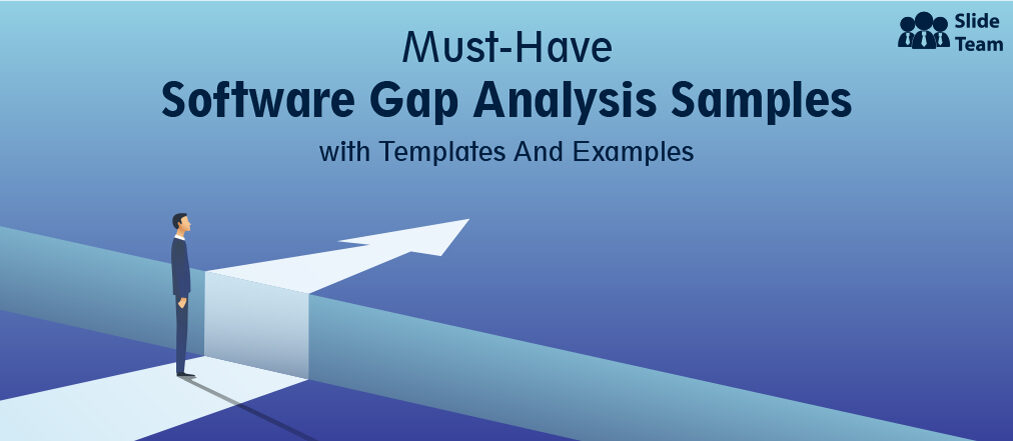


 Customer Reviews
Customer Reviews

